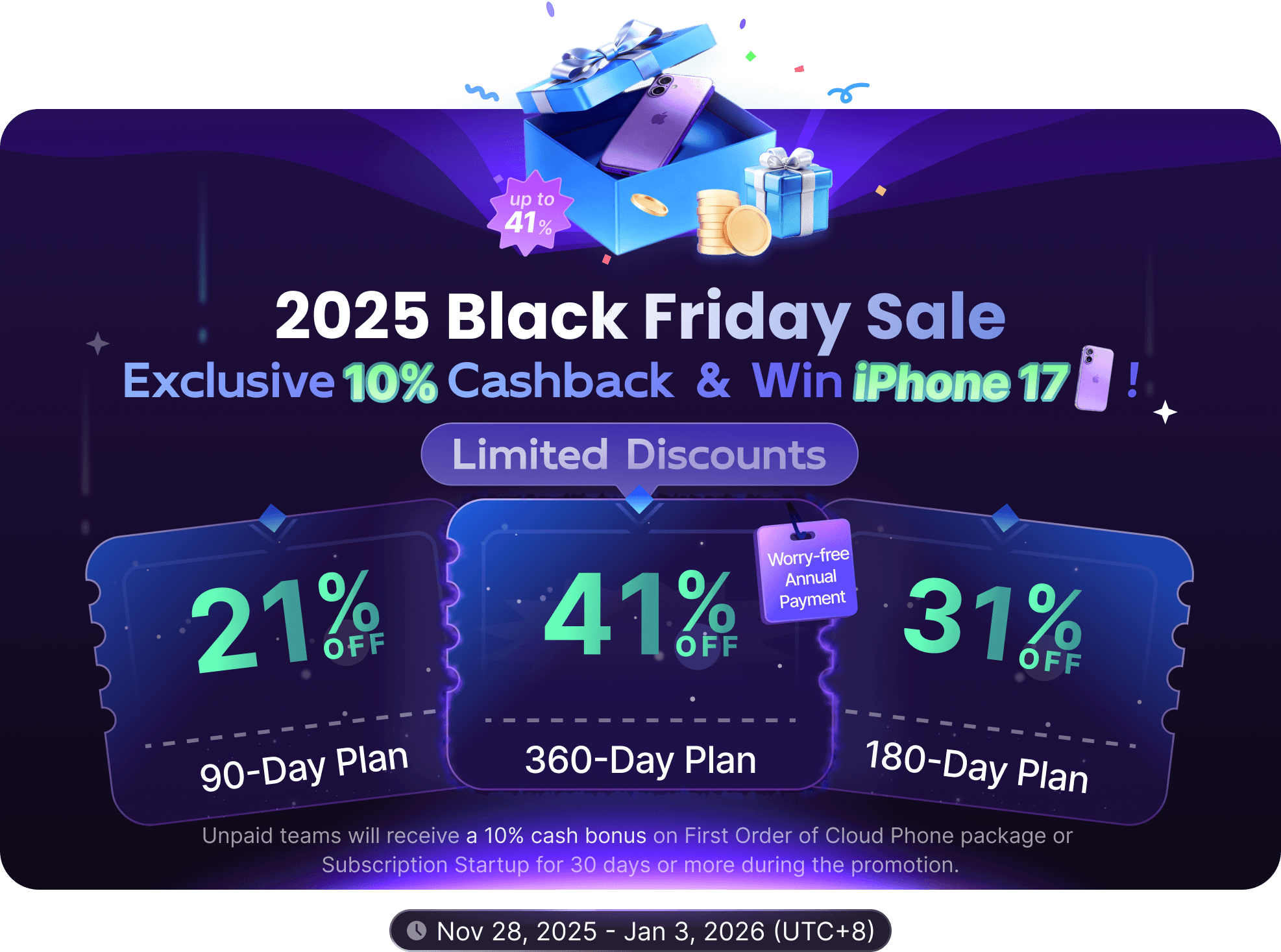Cost Per Click (CPC)
What is Cost Per Click (CPC)?
Cost Per Click (CPC) refers to the cost incurred for each user click on an advertisement in digital marketing. It is widely used in Search Engine Marketing (SEM) and online advertising platforms, and is an important parameter for measuring advertising costs and effectiveness. Simply put, CPC is the amount an advertiser pays for each click.
Why Need to Pay Attention to CPC?
In the field of digital marketing, CPC is a key performance indicator that directly affects the allocation of advertising budgets and the effectiveness of advertising campaigns.
1. Control Advertising Costs
CPC helps advertisers understand the return generated by each investment. By monitoring and optimizing CPC, advertisers can effectively control the advertising budget, ensuring that every penny is spent wisely. A lower CPC indicates higher advertising efficiency, while a higher CPC requires further analysis and optimization to reduce costs.
2. Evaluate Advertising Effectiveness
CPC is one of the important indicators for evaluating advertising effectiveness. By comparing the CPC of different ad campaigns or keywords, advertisers can understand which ad contents are more popular and which channels are more effective. This helps optimize advertising placement strategies and improve the click-through rate and conversion rate of advertisements.
3. Optimize Advertising Placement
By analyzing CPC data, advertisers can optimize their advertising placement strategies, selecting better-performing keywords and advertising platforms. CPC can also help advertisers adjust their bidding strategies to ensure that advertising costs are controlled within a reasonable range while maintaining a certain click volume.
4. Improve Return on Investment (ROI)
CPC is an important factor affecting the advertising return on investment (ROI). By optimizing CPC, advertisers can increase the click-through rate and conversion rate of advertisements, thereby improving the overall ROI. A lower CPC means higher advertising efficiency, while a higher CPC requires further analysis and optimization to reduce costs.
Best Practices for Implementing CPC Optimization
To enhance the competitiveness of advertisements and improve the advertising return on investment (ROI) through CPC, advertisers can try the following optimization strategies when using CPC:
- Select Appropriate Keywords: Choose keywords with high relevance and low competition to reduce CPC.
- Optimize Ad Content: Ensure that the ad content is attractive and highly relevant to the target audience to improve the click-through rate.
- Adjust Bidding Strategies: Adjust bidding strategies according to ad performance to ensure that advertising costs are controlled within a reasonable range while maintaining a certain click volume.
- Utilize Advertising Platform Tools: Use the optimization tools and data analysis functions of advertising platforms to monitor and optimize CPC.
- Regularly Evaluate and Adjust: Regularly evaluate advertising effectiveness and adjust advertising strategies based on data and feedback to continuously optimize CPC.
Cost Per Click (CPC) is a key performance indicator in digital marketing. It helps advertisers control costs, evaluate advertising effectiveness, and optimize advertising placement strategies. By reasonably managing and optimizing CPC, advertisers can improve advertising efficiency, enhance return on investment, and maintain an advantage in the highly competitive digital environment, winning users' trust and loyalty.


